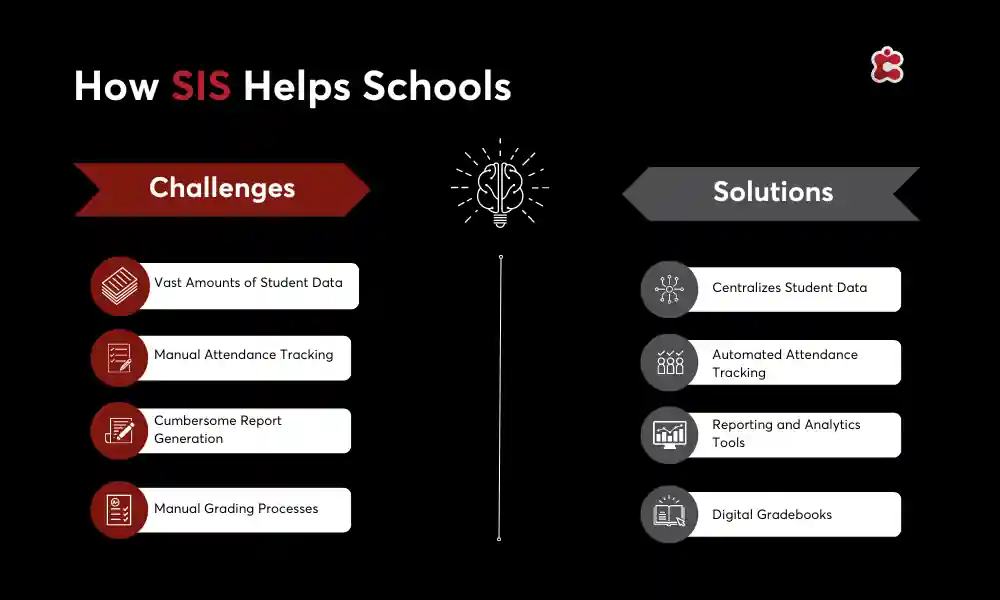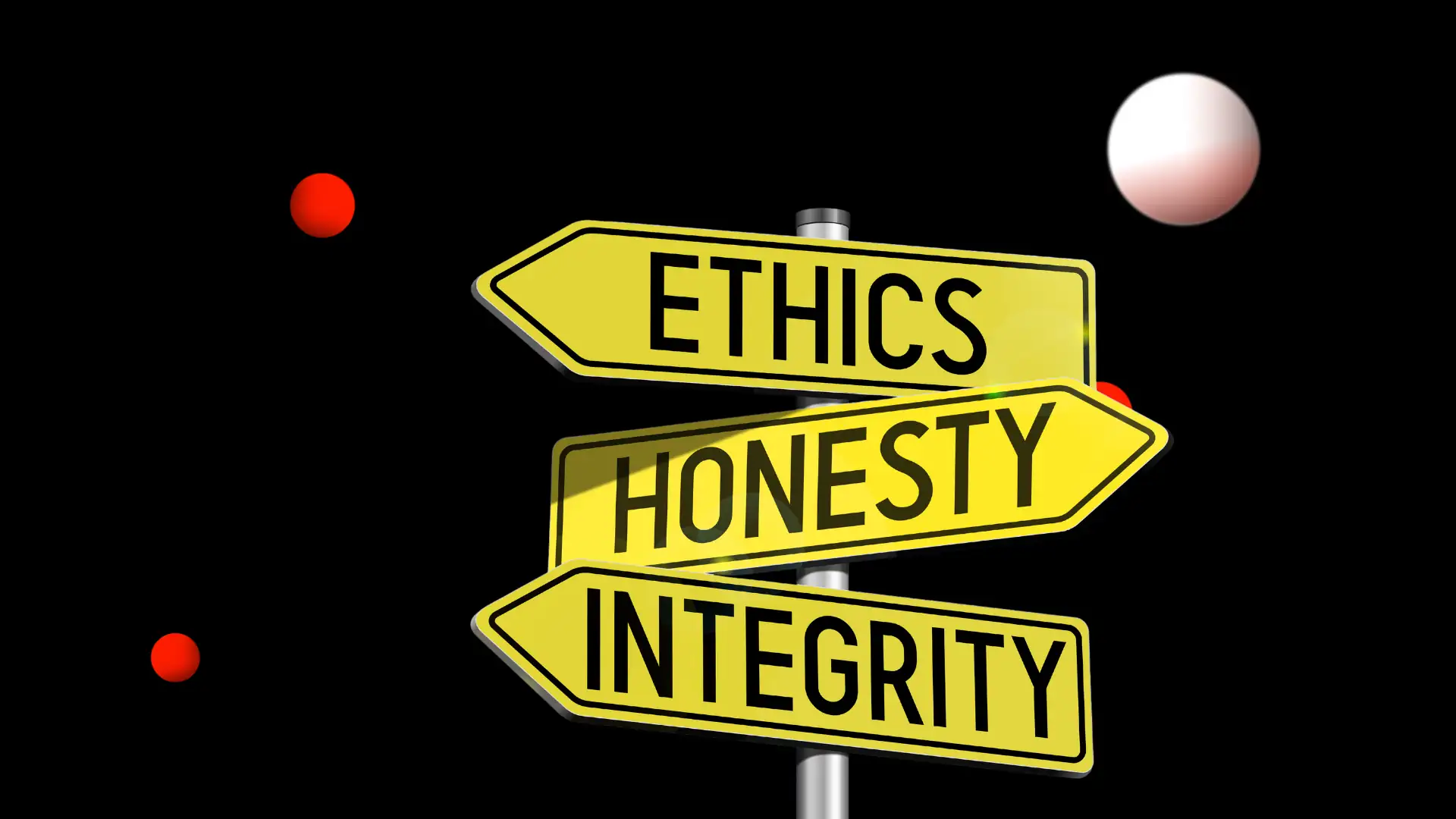Why does our technology need to align with our core values? And why is it so important to consider the ethics behind the software we use? Student Information Systems (SIS) have evolved from simple record-keeping tools into powerful platforms that manage everything from attendance to academic performance. While these advancements bring exciting possibilities, they also come with some big ethical questions.
As schools integrate these new technologies, it’s essential to ensure that innovation goes hand in hand with our commitment to doing the right thing. We need to ask ourselves: How are we handling student data? Are our systems fair and inclusive for all students? What about the role of artificial intelligence—how is it affecting our decision-making?
It’s not just about how well the systems work; it’s about making sure they reflect our values and serve every student fairly. We’ll dive into these important topics and offer practical tips for navigating the ethical side of SIS innovations.

Ethics of Balancing Data Usage and Privacy
Let’s start with data. Data plays a role in everything your school does—from tracking attendance and grades to personalizing learning experiences. With so much riding on this information, it’s crucial to balance its use with a commitment to privacy.
Beyond Compliance
Sure, meeting regulatory standards is a start, but what about going the extra mile? Think about implementing robust encryption methods and ensuring that access to sensitive data is tightly controlled. Regular audits and updates can help you stay ahead of potential security risks and demonstrate a genuine commitment to safeguarding student information.
Ethical Data Stewardship
Ethical data stewardship is all about transparency and responsibility. Be clear with students and parents about what data you collect and how it will be used. Offering easy-to-understand privacy policies and giving them the option to opt out of non-essential data collection can go a long way in building trust and ensuring that everyone feels respected.
Future-Proofing Privacy
And let’s not forget about future-proofing privacy. Technology is always evolving, and so are the challenges associated with it. Stay informed about emerging privacy threats and trends, and be ready to adapt your practices accordingly. By anticipating these changes and planning ahead, you’ll not only protect your students’ data but also reinforce your school’s commitment to ethical standards.
Inclusivity and Equity in Technological Advances
As a school, it’s your responsibility to ensure that every student has the opportunity to succeed, and your SIS needs to reflect that commitment. Technology, though designed to be neutral, can sometimes inadvertently perpetuate biases. For example, if an SIS is not carefully developed, it might unintentionally favor certain groups of students over others. To tackle this, regularly review and test your SIS features to ensure they’re fair and unbiased.
When it comes to designing for all learners, think about how your SIS can cater to various learning styles and needs. Whether it’s supporting students with disabilities, providing language options, or accommodating different learning paces, your system should be adaptable and inclusive. Make sure that the features of your SIS are designed to help all students thrive, not just a select few.
Equitable access to technology is another crucial aspect. Here are some strategies to ensure that all students and educators can benefit from new SIS features:
- Offer training sessions and resources to help everyone get comfortable with the new system.
- Make sure the SIS works well with various devices and is accessible to students who may not have the latest technology.
- Provide access through different methods (e.g., web, mobile apps) to accommodate diverse needs.
- Implement solutions for students who might have limited or unreliable internet access.
The Ethics of Automation in SIS
Human Oversight vs. Automation
By now, you’ve probably automated a number of tasks within your school. Automation can streamline many processes, freeing up valuable time for teachers and administrators. However, it’s crucial not to let automation replace the human touch. For example, while an automated system can handle data entry or generate reports, human oversight is necessary to interpret this information and make thoughtful decisions. Ensuring that there’s a clear line of communication and collaboration between automated systems and human staff helps maintain the personal connection that’s central to effective teaching and learning.
Long-Term Impact of Automation
Another consideration is the long-term impact of automation on educational roles and learning experiences. Automation can change the dynamics in the classroom, sometimes shifting responsibilities in ways that might not be immediately clear. For instance, teachers might spend less time on administrative tasks but need to adapt to new ways of interacting with students through technology. It’s essential to evaluate how these changes affect both educators and students to ensure that automation enhances rather than detracts from the educational experience.

Setting Ethical Standards for SIS
Setting up clear ethical frameworks and governance structures ensures that your SIS aligns with your school’s values and serves the best interests of students and staff alike.
1. Begin by defining the core ethical values that guide your school. These might include principles like data privacy, fairness, transparency, and inclusivity.
2. Involve teachers, administrators, students, and parents in discussions about what ethical standards should look like. Their diverse perspectives will help create guidelines that are relevant and comprehensive.
3. Develop detailed guidelines based on your core values and stakeholder input. These should address key areas such as responsible data handling, equitable access to features, and transparent communication.
4. Educate all users of the SIS on the ethical guidelines and how to apply them. Training helps embed these standards into daily practices and fosters a culture of ethical awareness.
5. Technology and ethical considerations change over time. Regularly review and update your guidelines to address new challenges and incorporate feedback.
Classter: An Ethical SIS
When it comes to ethical innovation in Student Information Systems, Classter stands out by integrating responsible practices into every aspect of its platform. We understand that the evolving landscape of education technology brings with it significant ethical considerations, and we’re committed to addressing these with transparency, inclusivity, and security at the forefront.
At Classter, protecting student information is a top priority. Our SIS features advanced encryption and stringent access controls, ensuring that sensitive data is secure while remaining accessible to authorized users.
Our system is designed with all students in mind. Classter’s detailed student profiles and customizable learning journeys ensure that each student’s unique needs and abilities are considered.
Ready to experience an SIS that blends innovation with integrity? Request a demo today and see how Classter can transform your school’s data management with a focus on ethics and efficiency.
FAQ’s
Aligning SIS with core values is crucial because it ensures that technology supports educational goals while respecting ethical standards. This alignment helps maintain trust, promotes fairness, and ensures that the system reflects the institution’s commitment to privacy, equity, and transparency.
SIS technology supports inclusivity and equity by being designed to accommodate diverse learning needs, such as supporting students with disabilities, offering language options, and ensuring equitable access to features. Regular reviews and updates help prevent biases and ensure that the system serves all students fairly.
Classter ensures ethical innovation by integrating responsible practices such as advanced data encryption, transparent data handling policies, and a commitment to inclusivity. We regularly review and update our system to align with ethical standards and stakeholder feedback.

